As guardian of the nation’s intellectual property, the US Patent and Trademark Office (USPTO) plays a key role in fostering America’s commercial vitality. The USPTO oversees the entire US patent operation; acting as the economy’s immune system, it prevents pirated products and processes from undermining the innovations and inventions that make America what it is: the greatest nation ever.
Contractors play a prominent role in USPTO’s operations—a role that’s not likely to diminish any time soon — as the upcoming Software Development and Integration Next Generation 2 (SDI-NG2) Contract demonstrates.

WAY TO GO! – Obama Administration appointee and a favorite of the tech industry, Michelle Lee was the first woman Under Secretary of Commerce for Intellectual Property (IP) and Director of the US Trademark Office. Lee, who resigned suddenly last week, was called upon to help rule a very male roost.
Talkin’ Bout MY Generation
Next Generation (SDI-NG) is the USPTO’s contract for software development and integration services for Commercial off the Shelf (COTS) products with customized software applications, database applications, and other solutions.
As per the June 14 announcement, there will be one and not two solicitations for this contract, with Small Business and Full and Open portions. The draft RFP is expected to drop sometime this summer, and it’s anticipated to have a value of $1B, double that of the legacy contracts.
Incumbents on USPTO’s current contract are: For the SBSA portion — Maximus, Criterion Systems,

ALEXANDER GRAHAM BELL-Although Canadian by birth, Bell became a US citizen and patented his telephone here.
Salient Solutions, Niksoft Solutions and Phacil, Inc.; for the F&O portion — Unisys, SAIC, Pragmatics, CSRA (CSC); and CGI Federal.
The VISION Thing…
SDI-NG2 calls for the following capabilities: System Development Life Cycle (SDLC) Program Management, System and Software Development, Architecture and Design, Coding, Unit, Integration and Regression Testing, Configuration and Release Management, Bug Triage; Production Support and User Integration and Design — all typical for this sort of IT effort.
But more than than that, and more importantly: The USPTO IT vision is to transform the agency with next generation technology and services.
To achieve this vision, the USPTO has established strategic plans to optimize Patent and Trademark quality and timeliness, including the following IT objectives:
- Ensure Optimal IT Service Delivery to All Users;
- Provide Leadership and Education on Intellectual Property Policy and Awareness; and
- Leverage IT Investments to Achieve Business Results.
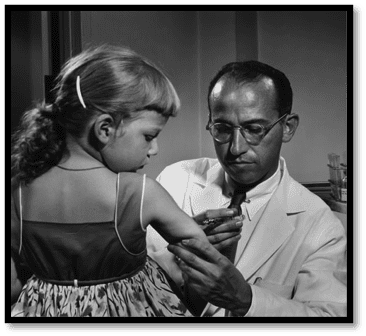
ENDING POLIO – Dr. Jonas Salk’s patented vaccine ended a dread disease, which typically infected children.
NEXT GENERATION is key here, and key to submission of a winning proposal. Because what USPTO, and other USG agencies, are after is not the same old, same old IT solutions, — nor even better, faster, cheaper versions of legacy systems and approaches. Instead, they want the application of streamlined, advanced non-conventional iterative processes used to customize COTS software systems and tailor them efficiently and effectively to meet USPTO’s unique requirements.
The New, New Thing
As detailed in the presol material, and during the Industry Day presentation, what USPTO is looking for is — firms that have clearly demonstrated their grasp of and ability to use the following methodologies:
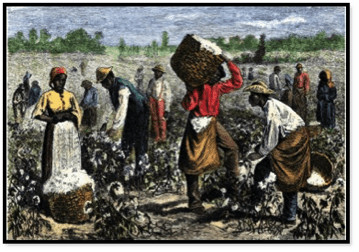
KING COTTON – Whitney’s Cotton Gin reinvigorated slavery and transformed the American South. It led to a quadrupling of the nation’s slave population from 700,000 to over 3 million.
DevOps – The software development method that stresses communication, collaboration, integration, automation, and measurement of cooperation between software developers and other IT professionals;
Agile – The group of software development methods in which requirements and solutions evolve through collaboration between self-organizing, cross-functional teams;
User-Centeric Design – The process (not restricted to interfaces or technologies) in which
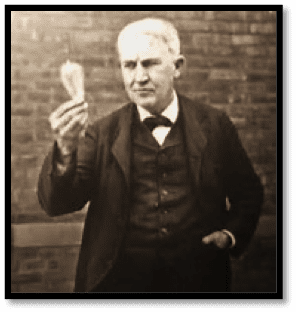
THE FATHER OF ALL INVENTORS –Thomas A. Edison held 1,093 US patents, and 2,332, worldwide.
the needs, wants, and limitations of end users of a product, service or process are given extensive attention at each stage of the design process;
Scrum – The Agile software development model based on multiple small teams working in an intensive and interdependent manner;
Kanban – The method for managing knowledge work with an emphasis on just-in-time delivery while not overloading the team members; and
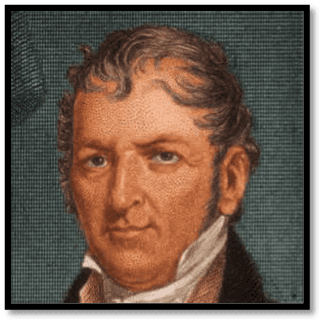
THE COTTON GIN – Inventor Eli Whitney’s cotton gin, although patented, never made him any money; his other innovation, the use of interchangeable parts, made him a fortune, and its adoption helped the North win the Civil War.
Scrumban – Integrating Scrum and Kanban in order to foster improvements continually.

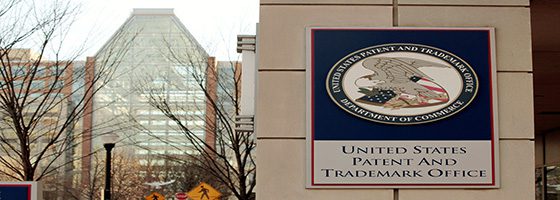




Leave A Comment